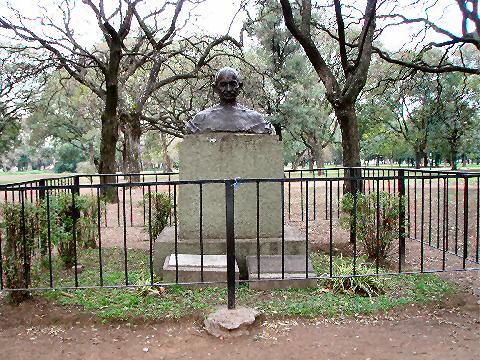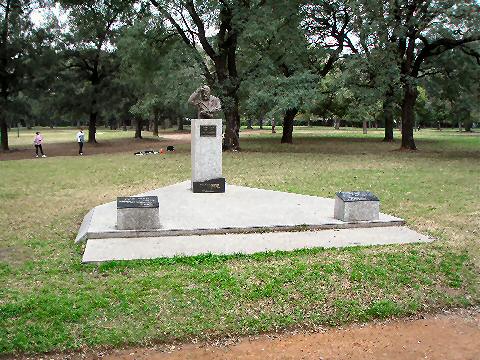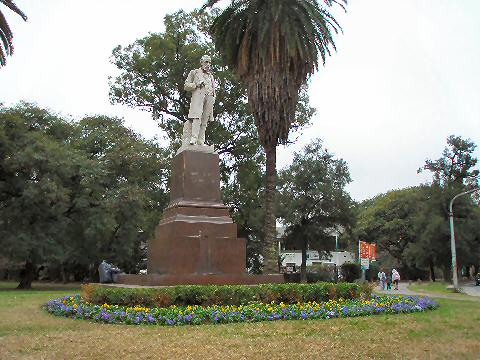“The people? They are the dust you draw your circles in. THOSE are the people! Sicilians are hopeless. I mean exactly that! Nothing changes here… EVER!”
– Abbot Manfredi, in The Sicilian (1987)
Buenos Aires – As I mentioned the other day, I found myself walking around Plaza Sicilia, on the chance of sighting a Statue of Liberty replica that the city’s database asserted was there. As long as I was mucking about and checking out statues, I figured, why not cover the plaza? Part of it I’ve mentioned on occasion – the Jardín Japonés, though it occurs to me I’ve never really done a writeup on it – not that it’s a particularly outstanding one – it’s about what one might expect going in. Perhaps one day… back to the Plaza as a whole – it’s more or less bounded by Avenidas Libertador, Sarmiento, Alcorta, and Casares, at the far eastern edge of Palermo and the Parque 3 de Febrero. There’s a long, narrow traffic island running along the Alcorta side, and smack dab in the middle of it is what appears to be the sort of launching point for the plaza – this little dias with a Persian Lion (that strangely seems to be diagrammed for butchering), followed by a towering pedestal with two bulls’ heads atop, called the Column of the Persian Temple (a replica of the column at the Palace of Persepolis), gifts of the Iranian government to the city of Buenos Aires. I’m not even sure that these are considered part of Plaza Sicilia, given that they’re on the traffic island. One of the two plaques in front of the lion has been removed, the other is the Iranian coat-of-arms.
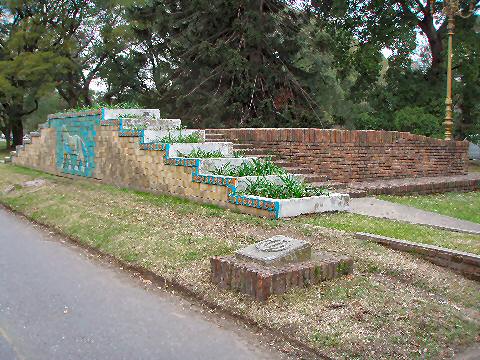
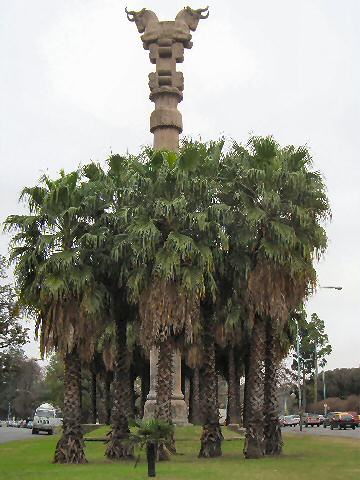
From there, entering the plaza proper, the next encounter is with the Caperucita Roja, or Little Red Riding Hood. The sculpture dates from 1937, and is by French scupltor Jean Carlus. Originally the work was located in Centro, in the Plaza Lavalle, facing onto Av. Córdoba, but was moved to this spot in 1972, where it balances atop a piece of concrete removed from the first site. More than once in its history, the bronze plaque that sits in front of the statue (and that of most of the monuments in this park) has been stolen and had to be replaced – whether the plaques (and sometimes whole busts or statues) are being stolen for their sentimental or historical value, essentially souvenirs, or as sources of scrap metal, is up for debate.
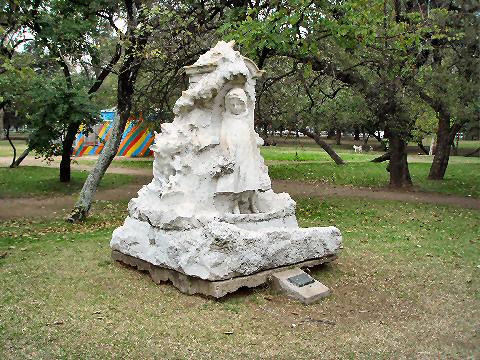
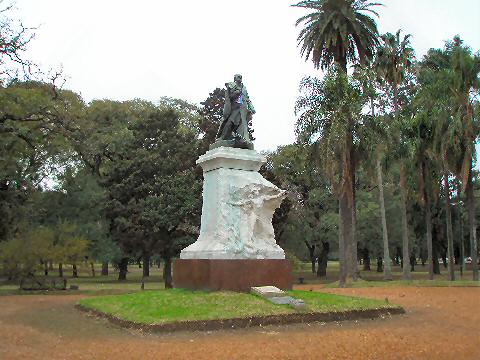
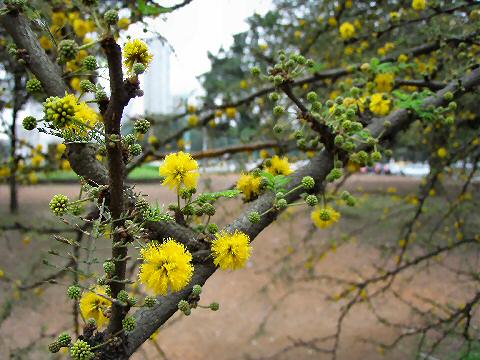
In 1998, on the 50th anniversary of India’s independence, that nation gifted a bust of Mahatma Gandhi to the city of Buenos Aires, and it is positioned along Libertador not far along to the east. The statue is a work by Indian sculptor Ram Vanji Sutar, who also sculpted the bust of Gandhi that sits at East 21st Street and 2nd Avenue in Manhattan, along with many statues that grace government buildings throughout India.
